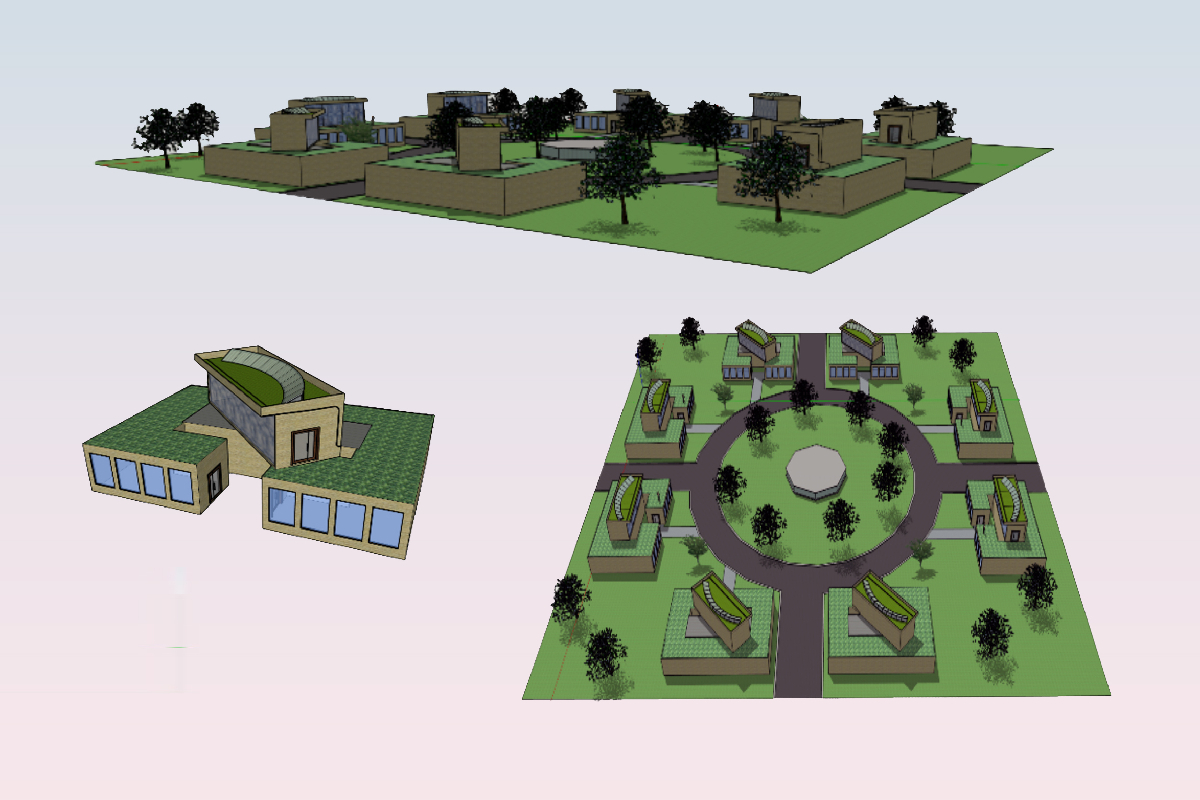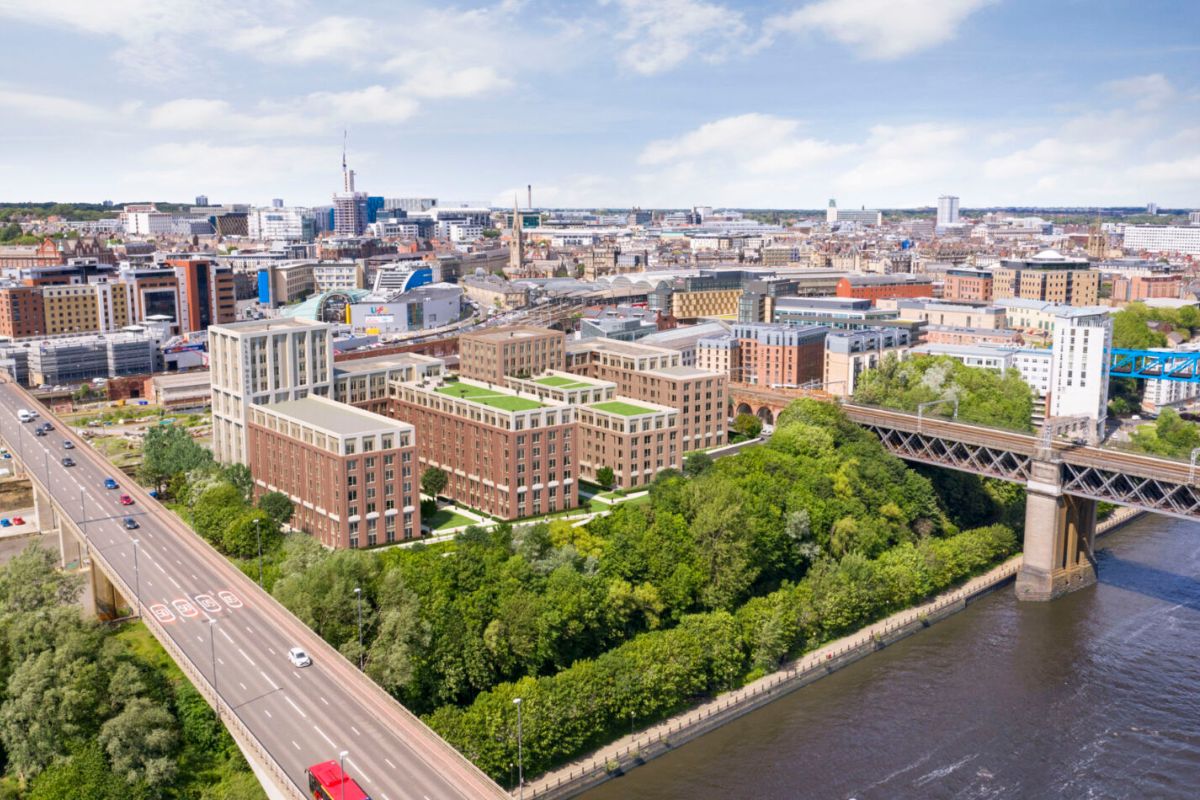Mark Southgate, chief executive, MOBIE
Home is the most important piece of architecture in our lives. When we consider designing and constructing houses it is too easy to concentrate on the physical structure such as walls, a roof, floors, doorways, windows and rooms. But expressions such as ‘home is where the heart is’ and ‘there is no place like home’ tell us that home is an emotional need, not just a physical one. Homes serve the very simple function of protecting us from the elements, but they are also refuges and places for us to recharge. Our homes are very special places, they are not just where you live, but how you live.

Over the last year we have spent much more time in our homes. We have experienced how well, or not, our homes work for us, not just as places to rest, dwell and sleep, but also as places to work, learn, exercise and to keep healthy and happy. The pandemic emphasised the vital importance of homes in meeting both our physical and our emotional needs. Getting home design right, and improving the standard of home design, has never been so crucial, for occupants and for the environment.
Young people will inherit and live in the homes of the future, so it is vital that we give them a say in how our future homes are designed and built and how they address their needs and future challenges – including, of course, climate change and biodiversity crises. That is why we held the Home of 2030 Young Persons’ Design Challenge, encouraging young people to design great buildings and to create places and spaces that have meaning and heart.
We asked young people to show us how they want to live in the future, by creating homes they can afford and enjoy, where they can bring up families, create memories and grow old; to design homes that tackle climate change, an ageing population, multi-generational living, and changing work patterns and lifestyles.
We wanted to inspire a new generation of home designers and creators and we were not disappointed – entrants rose to the challenge admirably. We asked them to incorporate new technologies, sustainable materials and different construction methods in their designs. From primary schools to university graduates we were amazed by the creativity, skill and passion for home and placemaking that was shown in the entries. Unsurprisingly, the environment was a key theme in future home design:
- Conservation and Environment - reducing environmental impact and creating beneficial environments was at the heart of many designs, including communal greenspace, gardens, planted roofs and growing walls. Younger entrants took inspiration from nature to create harmony, shape and balance in their designs.
- Sustainability and Recycling - several designs explored the use of alternative construction materials such as cork or bamboo and natural generation of energy and recycling energy/heat, whilst other designs focused on reclaiming traditional materials and re-using them, such as reclaimed steel, timber and plastic.
- Technology - the inclusion of new and smart technologies featured prominently in most designs, including ‘smart’ services, health analysis and diagnostic systems, generating energy naturally and energy control systems, robotics, security devices, delivery of ‘post’ and bills on screen and labour-saving gadgets, such as self-making beds and self-cleaning windows and surfaces!
- Adaptability and Flexibility – many designs used pods and modular frameworks manufactured robotically or on automated assembly lines to offer simple ways to vary layouts, orientations and to extend horizontally and vertically to adapt homes as families grew, aged or downsized.
- Communities and Social Interaction - despite being designed and submitted pre-Covid 19, a number of submissions drew attention to the importance of social interaction, living within a community and the mental health issues of loneliness. Shared spaces and areas for play, recreation, health, socialising and growing food were a feature of most entries.
Young talent is fundamental to the transformation and future of design and construction and it will help drive carbon reduction and environmental improvement. It is essential for the house building industry to nurture this talent, and to be open to new ideas and ways of doing things.
Commenting on the entries, George Clarke, MOBIE founder, said:
“Young people responded brilliantly with incredible and inspirational, future thinking designs – they clearly demand homes that protect and enhance our natural world. The future of homes is in safe hands if we let these amazingly talented young people help design our homes of the future!”.
The challenge was supported by Housing Minister, Christopher Pincher MP who said:
“I am hugely impressed by the range of innovative and exciting design ideas put forward by all the young people who took part in the competition. It is a priority of the Government to improve the energy efficiency of homes, reduce carbon emissions and build homes that are better for the environment. I would like to thank all the participants for sharing their vision of a greener and more sustainable future.”
The Home of 2030 competition and associated Young Persons’ Design Challenge was commissioned by three government departments, the Ministry of Housing, Communities and Local Government (MHCLG), Department of Business, Energy and Industrial Strategy (BEIS) and Health and Social Care (DHSC) and run by competition partners, the Royal Institute of British Architects (RIBA), Building Research Establishment (BRE), the Design Council and MOBIE.
Download a copy of the Home of 2030 Young Persons’ Design Challenge Outcomes report - www.mobie.org.uk/home-of-2030-report - or see more of the young people’s and professional designs - www.homeof2030.com


